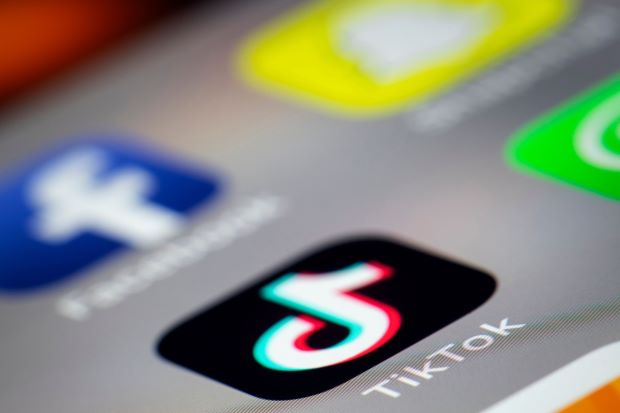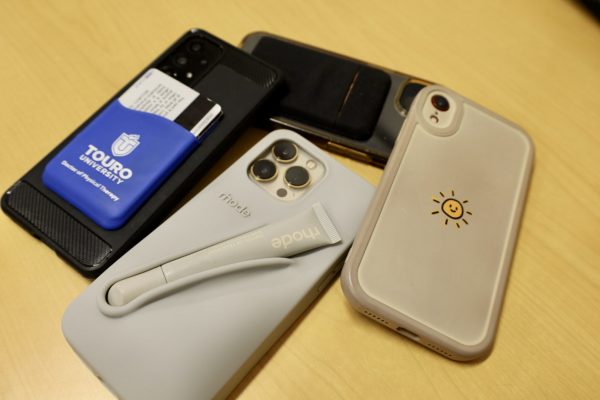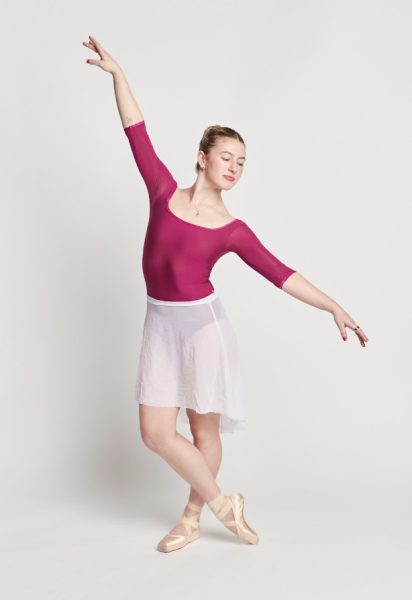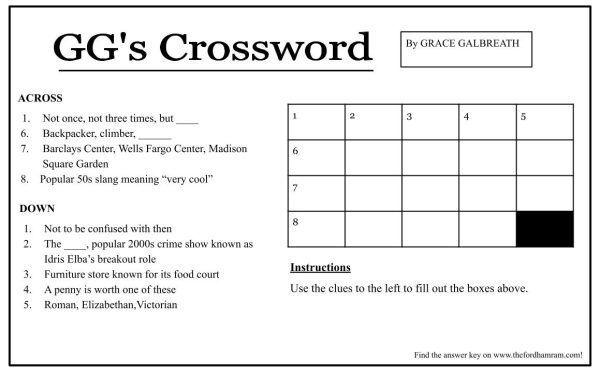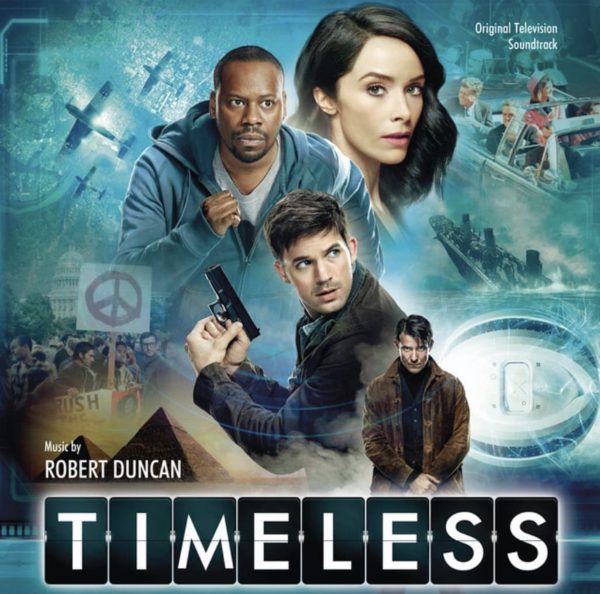Fordham Students Are Famous on TikTok
Jonathan Eng, FCRH ’23, never expected a 10-second clip of him dancing in his bathroom to go viral.
When he posted the video to TikTok while on a family vacation in Jordan over the summer, he was just having fun. Now, months later, he has over 160,000 people following him (@j.eng.k). Students across campus know him. Even touring high schoolers recognize him. TikTok propelled him to instantaneous fame, and he’s not the only one who’s experienced this.
In 2019, TikTok dominates the world. Building on the viral nature of formerly popular phone applications like Vine, Dubsmash and Musical.ly, TikTok offers a unique lip-syncing, music-dance experience. Developed by the Chinese company ByteDance, the app has 500 million active users worldwide as of July 2019, according to Kepios Analysis. For comparison, Instagram sees 1 billion users, while other platforms like LinkedIn, Snapchat and Twitter have 300 million users. Essentially, TikTok is in the middle, but it’s rising fast.
Many people enjoy TikTok because of the number of available features. The platform allows users to share videos of themselves dancing, collaborating with other creators, making funny faces with different filters, completing different trending “challenges” and more.
And when you’re not creating, you can watch other peoples’ content. TikTok uses a savvy algorithm based on videos you’ve seen to learn your interests and feed you more of them, according to John Hermann of The New York Times. It takes note of whatever videos you watch, profiles you look at and posts you share with friends. TikTok has so many users posting videos each day that the algorithm will never show you the same video twice. The insidiously smart algorithm keeps users satiated and on the app for long periods of time — according to California-based venture capital company Kleiner Perkins, TikTok users spend an average of 52 minutes per day on the app in 2019.
The app is successful because it appeals to a wide age range as well. It’s been mostly used by teenagers, but it is quickly becoming popular with adults, too. And while celebrities have profiles, like on Snapchat, many people enjoy that it’s possible for everyday people, like Eng, to become famous on the app.
Eng first downloaded TikTok near the end of his senior year of high school after seeing how much his friends were enjoying the app, but did not post any of his own content until a couple of months later.
“I posted three videos and woke up the next morning with 2,000 followers and the number just kept growing,” he said.
He had his first viral experience — which is usually when a post gets more than 100,000 shares or likes — after posting a video of him spinning in a chair a few weeks later.
Now, Eng posts regularly and is compensated by TikTok for going “live,” which is a feature available to users with over 1,000 followers. While livestreaming, Eng’s viewers can donate “emotes” of different amounts, which are essentially TikTok’s currency. The emotes convert into diamonds and are placed in the live streamer’s wallet. Once the equivalent of $50 is obtained, the streamer can cash out and receive actual money.
Eng’s content ranges from quirky dances to funny clips. “I find inspiration from things that pop into my mind, and I write them down in the notes app,” he said. Being a TikTok star means always thinking about how you can turn everyday life into TikToks.
Eng believes the app is so popular because it’s easy entertainment. He said that the app is completely reliant on what the audience likes, and people never get bored because the “For You” page always provides new content. Eng enjoys interacting with fans and has even formed close relationships with some international followers. One of his favorite things about the app is the way it has connected him with people he never would have met otherwise.
Another Fordham TikTok sensation, Jack deBruin, FCRH ’22, shared his thoughts. His account, @dumbgayandbroke, has over 110,000 followers.
deBruin said that he usually uses the app to make dumb jokes — for example, his profile description: “‘jack is the best tik toker known to man’ – god” — or document his makeup looks which, because of the uniqueness of TikTok, he is able to do in different ways each time to keep his profile interesting and fun.
DeBruin believes that TikTok has gained so many users in such a short time because it combines a lot of the best aspects of other social media sites.
“I like the app because it combines the visual engagement of Vine and the personalization that YouTube has with the quick-paced nature of new content, like on Twitter and Instagram,” deBruin said.
While Eng and deBruin are active on TikTok, some students are not. Kiara Norris, FCRH ’22, has not downloaded the app because she said she has witnessed how quickly people have become addicted to it. While she enjoys watching the videos her friends share with her, she doesn’t feel the need to download it herself. She also disapproves of a lot of the content posted on the app.
“There is a lot of material that is inappropriate for young viewers to see and the app does not have age restrictions like other apps to protect minors from watching something they are too young to see,” Norris said.
Muharest Murataj, GSB ’22, shares similar beliefs to Norris. Murataj believes the app is another fad that will eventually fade out. According to him, the “vine-like social media app” is not worth the hype. While he applauds the people profiting off the app or using it to spread positive messages, he said that most users are trend-followers instead of trendsetters.
Whether the TikTok phenomenon is good or bad will depend on who you ask. For the moment, though, it doesn’t seem like it is going anywhere.

